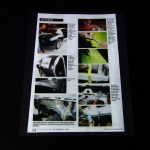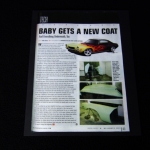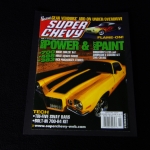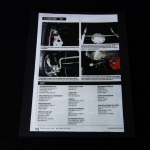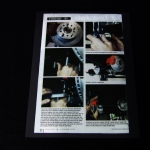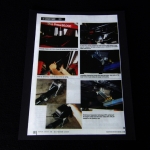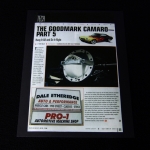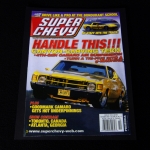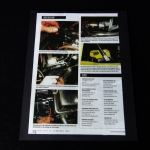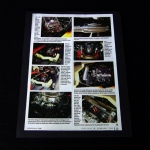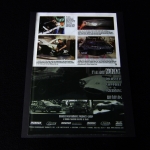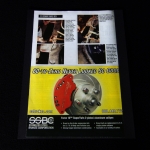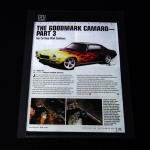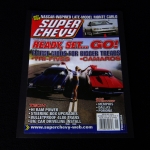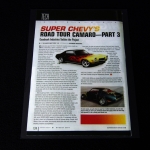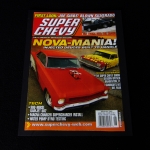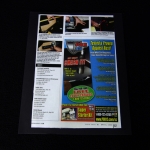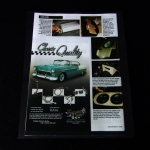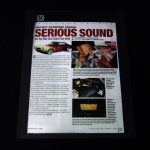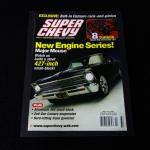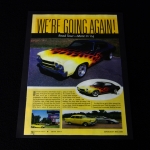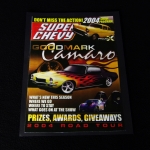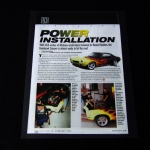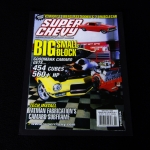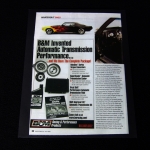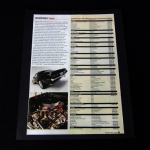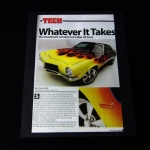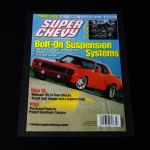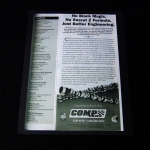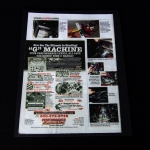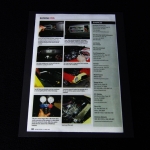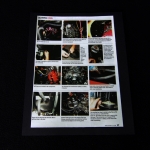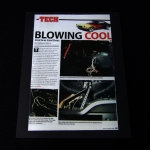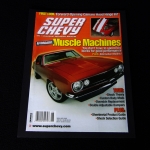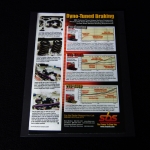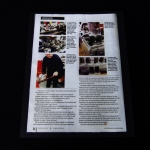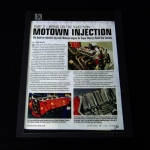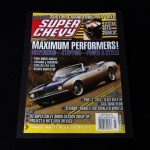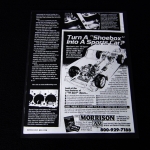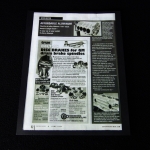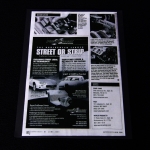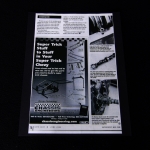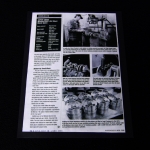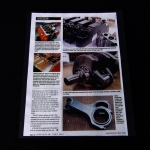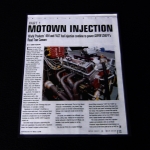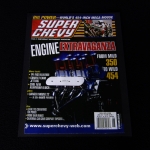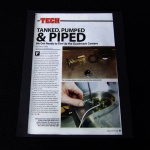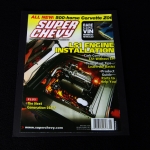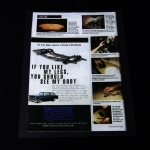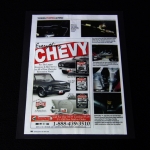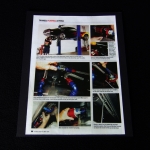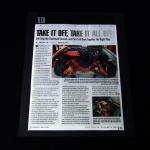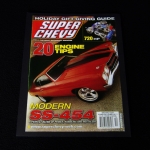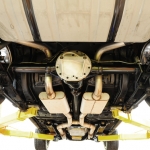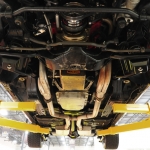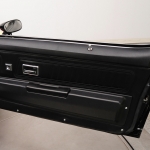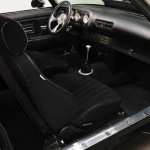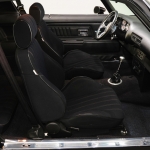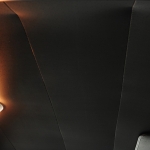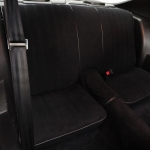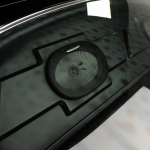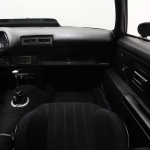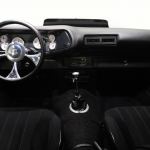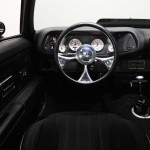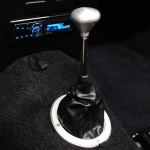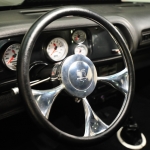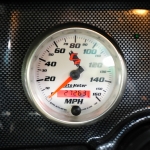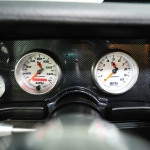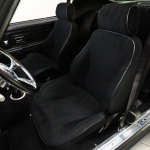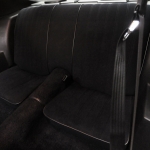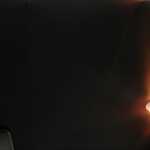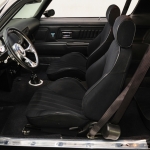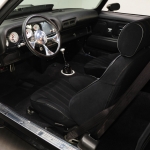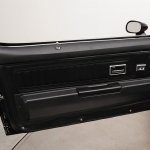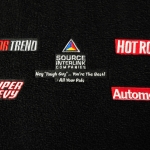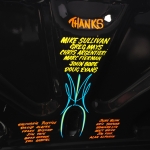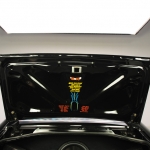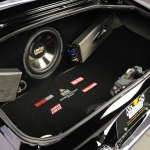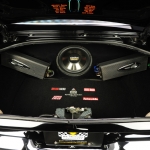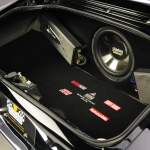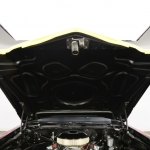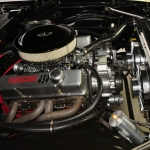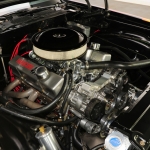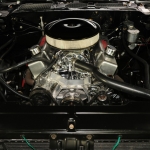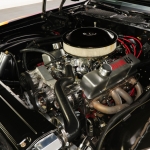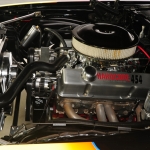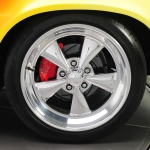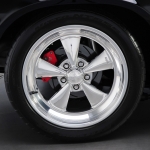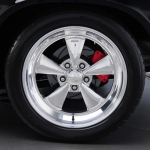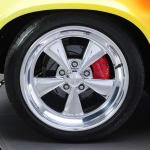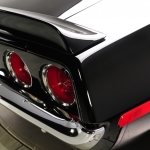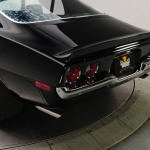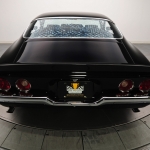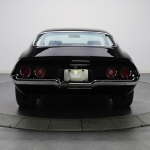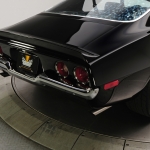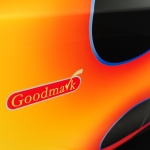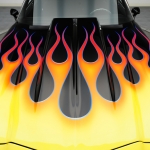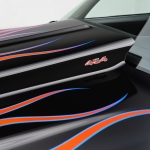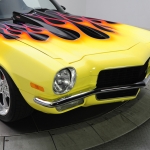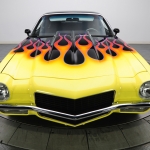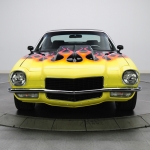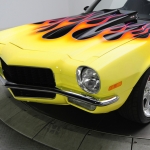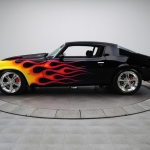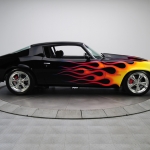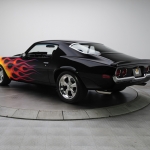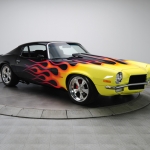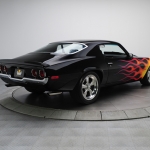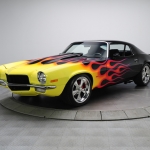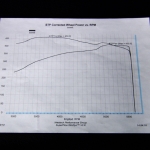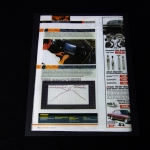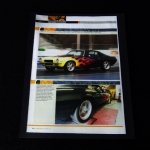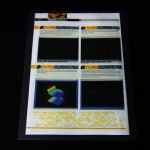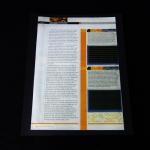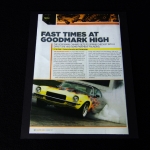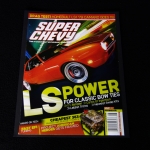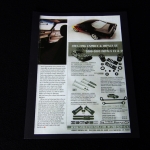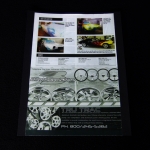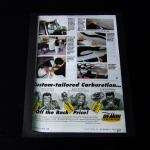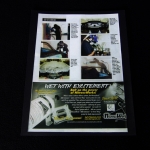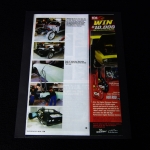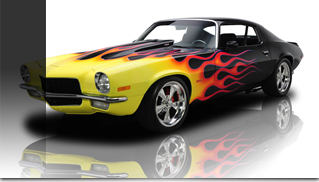 If you subscribed to Super Chevy or spent any time at major U.S. car shows around the mid-2000’s, you undoubtedly recognize the Goodmark Camaro. In the event you were living on a remote island during that time, it’s probably easiest to describe this car as one of the most famous second generation Camaros ever assembled. Built for the 2005 Super Chevy Road Tour as a partnership between Super Chevy magazine and Goodmark, every stage of this project was extensively documented in detailed series of magazine write ups. Bolted together at Dale Etheredge Auto & Performance in Covington, Georgia, this Camaro features parts from some of the best in the business including World Products, Heidts, Detroit Speed and Moser just to name a few. It has a nasty disposition with the power and performance to back up every bit of it. If you’re in the market for the ultimate second gen Camaro, this is the top of the mountain. Read more and check out the impressive images!
If you subscribed to Super Chevy or spent any time at major U.S. car shows around the mid-2000’s, you undoubtedly recognize the Goodmark Camaro. In the event you were living on a remote island during that time, it’s probably easiest to describe this car as one of the most famous second generation Camaros ever assembled. Built for the 2005 Super Chevy Road Tour as a partnership between Super Chevy magazine and Goodmark, every stage of this project was extensively documented in detailed series of magazine write ups. Bolted together at Dale Etheredge Auto & Performance in Covington, Georgia, this Camaro features parts from some of the best in the business including World Products, Heidts, Detroit Speed and Moser just to name a few. It has a nasty disposition with the power and performance to back up every bit of it. If you’re in the market for the ultimate second gen Camaro, this is the top of the mountain. Read more and check out the impressive images!
The look is quintessential Camaro. Sure, they didn’t come from the factory with flames and Cragars but, if second gen F-bodies could dress themselves, this is what they’d wear. While the body retains its original profile, this car demonstrates just how extensive the Camaro aftermarket really is. With the exception of the roof, every body panel you see was provided by Goodmark who reproduces the pieces under license from General Motors. Built as the Super Chevy Road Tour car for 2005, this Camaro was destined to receive a lot of attention and, of course, the scrutiny that comes with being a high profile build. With this in mind, no corners were cut in making every inch of this body fit exactly like it should. Panel fitment is excellent with tight and even gaps all around. The massive doors require little more than a flick of the fingertips to shut tightly no small accomplishment on a Camaro. Considering the countless hours invested in body work, it should come as no surprise that the finish is equally spectacular. At the front, traditional yellow and orange flames engulf the entire front end, ultimately reaching the midpoint of both doors. Behind the flames, a deep House of Kolor gloss black provides contrast and effectively doubles as a mirror. The fact that the paint has held up this well over years of being shown and driven is a testament to the quality of work performed on this car.
Camaros were never heavy on trim but this one is even tidier than normal. Up front, a full width chrome bumper stretches across the 71’s pointed snout. At the corners two Wagner headlights sit in mint chrome bezels just under the cowl hood. There are 454 badges on the cowl but they are only badging to be found on the entire car. The stainless trim is all reproduction and shows incredibly well around the fresh Iowa Glass windows. While there were plenty of pieces sacrificed in the name of cleanliness, the door handles and locks remain making this a little more user friendly than other high level builds. Out back, a spoiler sits atop the sloped decklid, sporting one final Goodmark badge. Below, four round taillights sit above the full width chrome bumper that rounds out the rear end. It can be difficult to keep a car looking clean with such in-your-face paint, but this Camaro walks the line perfectly.
Lift the flamed cowl hood and a Bill Mitchell/World Products small block 454 awaits. While it wasn’t the first of these engines built, this particular one is responsible for introducing many enthusiasts to the world of high displacement small blocks. Conservatively tuned, it produces over 560 horsepower which translates to high eleven second quarter mile runs. While you may remember the car running a FAST fuel injection setup, it has since been updated with a Holley 4-barrel carburetor that mounts to a polished intake manifold. Don’t worry though, not much else has changed on the ferocious small block. Crack it open and you’ll still find a long list of high end speed parts including a solid Comp cam and lifters, 4340 forged H-beam rods, 4340 forged steel crank and forged aluminum pistons. The Motown 220 Lite aluminum heads still wear their signature “Hardcore 454” valve covers that match the chrome open element air cleaner. Hedman/T.D Performance long tube headers channel exhaust gases out through Flowmaster mufflers. At the front of the bay, an electric fan takes the challenge out of warm weather idling. The car fires on the first try and runs exactly how you’d hope a quality build like this one would perform. Best of all, it makes a hellacious noise to back up that flamed paintwork.
Behind that brutal small block, a 4L80E automatic transmission from TCI Automotive is operated by a Lokar shifter. From there, power flows down a custom driveshaft from Denny’s Driveshaft into a Moser 12 bolt rear end packed with 3.73 gears. While you may expect a car with this demeanor to perform best in a straight line, the chassis was built to take nearly anything thrown at it. Up front, a powder coated Heidts subframe features control arms and QA1 shocks. Out back, Competition Engineering traction bars, a Hotchkis sway bar and another pair of QA1 shocks keep the rear end planted. Since this was built to be driven, modern updates like power brakes were an obvious choice. The Camaro utilizes slotted SSBC brakes with vacuum assist. Steering comes courtesy of a Mullins Steering Gears quick ratio box with a Performance Suspension Components center link and tie rod ends. At the corners, 18″ x 8″ Cragars are wrapped in Nitto rubber. Combined, this chassis is a jack of all trades, equally capable of drag strip launches and road course twisties.
Open those long Camaro doors and a you’ll be greeted by a fully functional interior with plenty of creature comforts. A layer of Dynamat was installed before the black reproduction carpets were laid in place. A set of black bucket seats from Scat Enterprises look great and provide plenty of support for those long stretches of highway. At the sides, reproduction door panels add a factory look to the dark interior. From the driver’s seat, a factory steering column supports the leather-wrapped billet three-spoke steering wheel. Beyond the wheel, white-face Autometer gauges keep tabs on the 454 from their home in a carbon fiber surround from Covan’s Classic Automotive. The dash was covered by Just Dashes and still looks showroom fresh. Crank windows were ditched in favor of push button operated electric units that work flawlessly. Should the black interior absorb too much sun, a Vintage Air air conditioning system cools the cabin down effortlessly. A car that looks like this has to have a badass stereo and this one definitely does. A Clarion head unit sends power to speakers placed throughout the interior, including a pair of 6″x9″‘s on the rear panel and an enclosed subwoofer in the trunk. The system provides just enough thump to ensure you’ll never have trouble hearing it over those Flowmasters.
As a car whose build was fully documented by one of the leading Chevrolet enthusiast magazines, documentation is more or less built in. However, the car does come with a massive three ring binder with copies of every appearance the car made in Super Chevy. The articles go into a surprising amount of detail and should provide answers to almost any question you may come up with.
Even without spotting the small Goodmark logos on either front fender, anyone in the know would recognize this as a Goodmark project by the paint alone. There are very few magazine builds as immediately recognizable as this 1971 Camaro.
